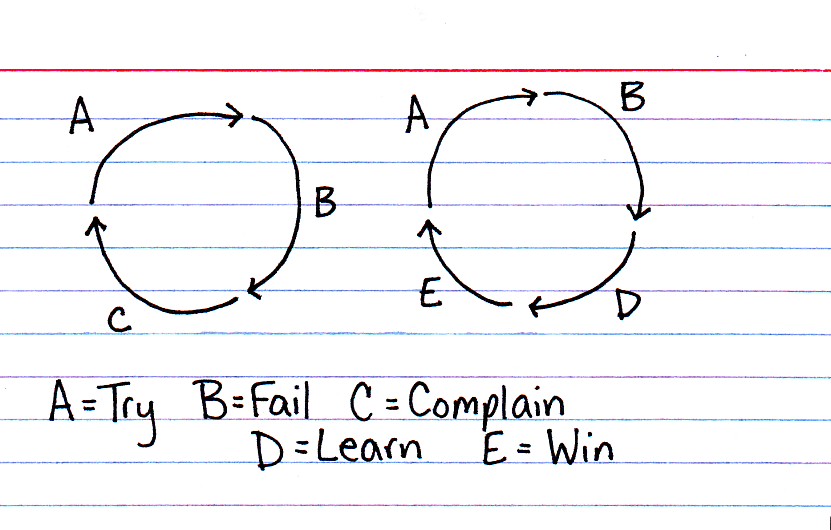There's
disaster recovery, and then there's how you recover from a disaster.
No, I'm not talking about Irene. I'm talking about the perfect storm of travel, customer visits, and a crashing hard disk.
It's a familiar story. I mean, hard drives gotta die sometime. That's what the MTBF (mean time between failures) rating IS. And since I use my laptop (yes,
the big one) almost constantly, it was really due to happen any time now.
So when I booted up Ubuntu and it asked me to perform a lengthy
fsck routine twice in a row, I knew it was time to take action.
Step 1: Back up all the data I could, to whatever I had handy. Luckily, I carry a
Sandisk Cruzer 16Gb flash drive, so I could back up A LOT of my immediately important stuff. I had also backed up my laptop before I left so I knew I wasn't completely sunk, just slowed down.
Step 2: Get a new drive. No problem, that's why God gave us
Fry's.
Step 3: transfer the data from the old drive to the new one. I mean, that's the
simple part, right?!? You just hook it up to a
hard drive replicator (a technology that's been around for
years making cloning and other techniques obsolete) and in an hour or two you are good to go.
Right? RIGHT?!?
Apparently not.
My first stop - the internal desktop support folks at my company - was a 3 hour odyssey of getting first Ghost and then "some other program I haven't used much" to run on an old Dell 386 with hand-spliced cables shooting out the front. While I'm sure that setup
does work, it didn't like my Ubuntu drive and helpfully failed at the end of the 3 hour copy attempt.
Having given the home-team the chance to prove itself, I went to the experts - those wizards at Fry's - where I was certain they'd be able to get me back on my feet while I leisurely browsed their aisles.
Uh... no. First, I was informed in a condescending tone that what I wanted was called "ghosting" ("Yes," I thought while maintaining a rigid smile. "I remember Symantec Ghost. I also remember Norton Ghost. I also remember PartitionMagic. I also remember using a LapLink cable to provision an entire training room. And I'm also certain that what I want is a clone of my hard drive. But who am I to quibble?")
Second, I was informed that they weren't certain Linux would work correctly if the old drive had bad sectors. ("Weeeeellll, if the drive runs NOW, I am fairly certain it will run after copying it to the new hard disk. I mean, it's not going to DAMAGE the sectors on the new drive, right?")
Third, this was going to cost me $70. Fine.
Finally, it would take 2-3 days.
Okay. Buh Bye.
Taking my leave of the lack-of-service counter, I decided to see if wandering the aisles offered any inspiration. Plus, walking around Fry's always makes me feel better. It just does.
I knew that my laptop had two drive bays, so if I could score some drive rails and a flat SATA cable (as described
here) I might be able to set up a RAID 1 setup and just replicate the whole darn thing.
Short story long, they didn't have either the rails or the SATA cable. What they DID have was a
$20 SATA-to-USB port connector. Now I could connect both drives, but how to get my whole OS over to the new disk. I didn't want to spend the rest of the night installing all my stuff (not that I had the install disks with me in the first place.)
In researching RAID options, I stumbled upon
CloneZilla. A quick CD-burn later, and I was booting to a beautifully Linux-esque system that would let me copy my data from the old drive (now connected via the SATA-to-USB cable) to the new (safely ensconced inside the laptop). The first copy attempt - using default settings - ran for just 5 minutes, but didn't work (to many disk read errors). But the second attempt - which included a pre-copy fsck
and was a RAW (bit for bit, no matter what) copy was a complete success.
It took 9 hours to run, but I was able to catch some z's during that time and awoke to a laptop that was actually usable and didn't leave my heart palpitating.









